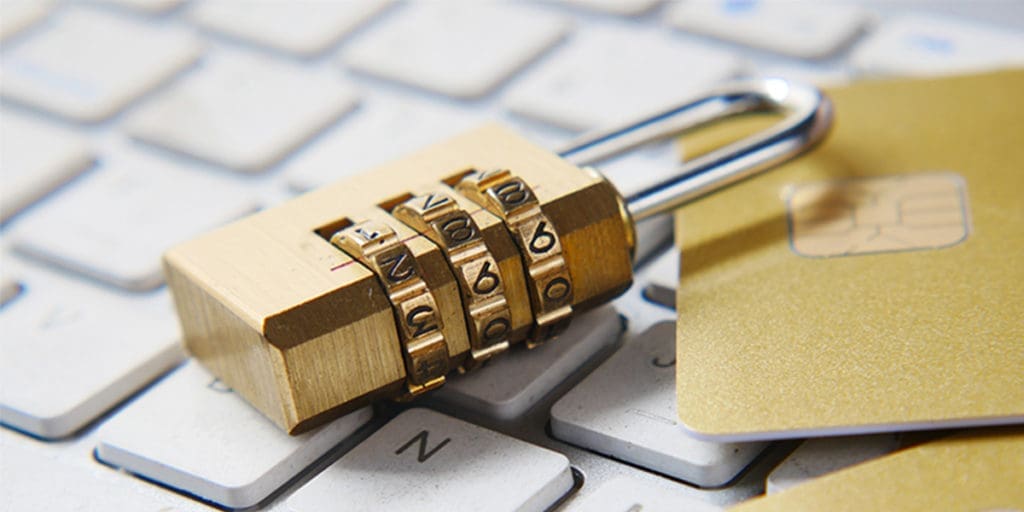
According to the Federal Trade Commission (FTC), there were 1.4 million victims of identity theft in 2020, a 311% increase from the previous year. Falling victim to identity theft can jeopardize your ability to cover your bills, pay your mortgage, and save for retirement. This guide will help you protect yourself from identity theft and show you what to do if it happens to you.
Understand How Fraud Happens
Generally, identity thieves rely on two strategies:
- Obtaining your personal information
- Creating a sense of urgency, so you cooperate
Prevention means safeguarding your sensitive data, as well as steering clear of perpetrators who attempt to coerce you into divulging your information.
Preventing Fraud
Obviously, you should never give out your personal information, especially to those who are trying to rush you into making a decision. But you can also help prevent identity theft through some additional practices:
Protect Your Paper Documents
Start by safeguarding your paper documents:
- Collect your mail frequently
- Lock your mailbox (if possible)
- Shred sensitive documents, or lock them in a safe
- Never carry your Social Security card in your wallet
Of course, you can also sign up for paperless billing to avoid having your financial information delivered to your mailbox in the first place. Similarly, you can opt out of prescreened offers in the mail.
Stay Safe Online
Protect yourself in the digital world by doing the following:
- Create unique, complex passwords for each account and device
- Use multi-factor authentication when possible
- Never use public WiFi for banking or other activity
- Only use secure (“HTTPS”) websites
- Never click links or attachments from unfamiliar emails
Identity thieves are clever. Some emails can appear legitimate, but if you check the URL, you’ll discover that they come from an impersonator fishing for your personal info.
Monitor Your Finances
Monitor your financial accounts and credit report at least quarterly. If you’re able, set up alerts on your banking and credit card accounts and report suspicious activity immediately.
What to Do If It Happens to You
Unfortunately, you can’t always prevent every instance of identity theft. If you are the victim of identity theft, here are the steps you can take:
Protect Your Accounts
Start by calling the companies where you know the fraud occurred, and ask them to either close or freeze your accounts. Change all of your logins and passwords immediately.
Place a Fraud Alert, Freeze Your Credit, and Get Your Credit Reports
You can contact each of the three credit bureaus by calling each one:
- Experian (888-397-3742)
- TransUnion (888-909-8872)
- Equifax (800-685-1111)
You can place a free, one-year fraud alert at each bureau, as well as freeze your credit and obtain your reports to detect and address any damage.
You can also get a credit report from annualcreditreport.com or by calling 1-877-322-8228. Look for:
- New accounts you do not recognize
- Last reported balances
- Your credit card usage
- On-time payment history
- Any accounts that you rarely use or do not use anymore
Report any anomalies immediately in order to protect your credit history.
Contact the Authorities
Start by reporting the incident to the Federal Trade Commission (FTC) by completing their online form or calling 1-877-438-4338.
Next, file a report with your local police department, and keep a copy of the report.
Next Steps
Once you have an FTC Identity Theft Report, you should do the following:
- Close any new accounts opened in your name
- Remove fraudulent charges from your account
- Correct your credit report
Keep in mind that fraud might not immediately show up on your credit report, so you’ll need to keep an eye on your credit history periodically to ensure that bogus charges don’t show up later on.
Other Possible Steps
Depending on the nature of the identity theft, there may be additional steps you’ll need to take to resolve the issue. These may include:
- Reporting a misused Social Security number
- Informing debt collectors that you’re the victim of identity theft
- Replacing government-issued IDs
Your bank will usually issue you a replacement credit or debit card at the first sign of fraud. If you haven’t already changed the passwords to all of your accounts, now is the time to do so.
Dealing with the IRS for Tax Account Fraud
If you’re the victim of tax account fraud, take the following steps:
Submit Form 14039
First, you’ll submit Form 14039, Identity Theft Affidavit, to the IRS as soon as possible. The IRS can assign you an Identity Protection (IP) PIN, even if you don’t request one.
Alternatively, you can request one, though the IRS has a 4-level ranking system to determine whether an IP PIN is necessary, and they have been more restrictive than in previous years.
Next Steps
After you submit Form 14039, you’ll need to do the following:
- Respond to IRS forms or letters immediately
- Continue to file and pay taxes, even if you have to use paper
- Stay informed by visiting the identity protection portion of the IRS website
Your tax liability won’t increase if you’re found to be a victim of identity theft.
Don’t Panic
Identity theft can be scary, but it can happen to anyone. The important thing is to stay calm and follow these steps to protect yourself and resolve the situation as quickly as possible.